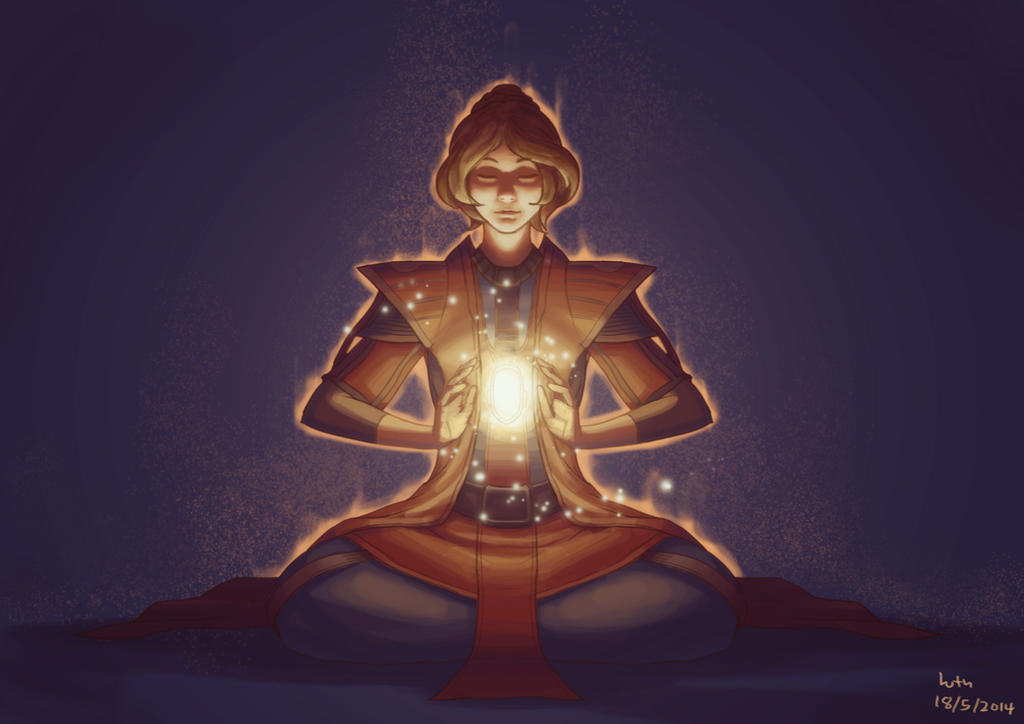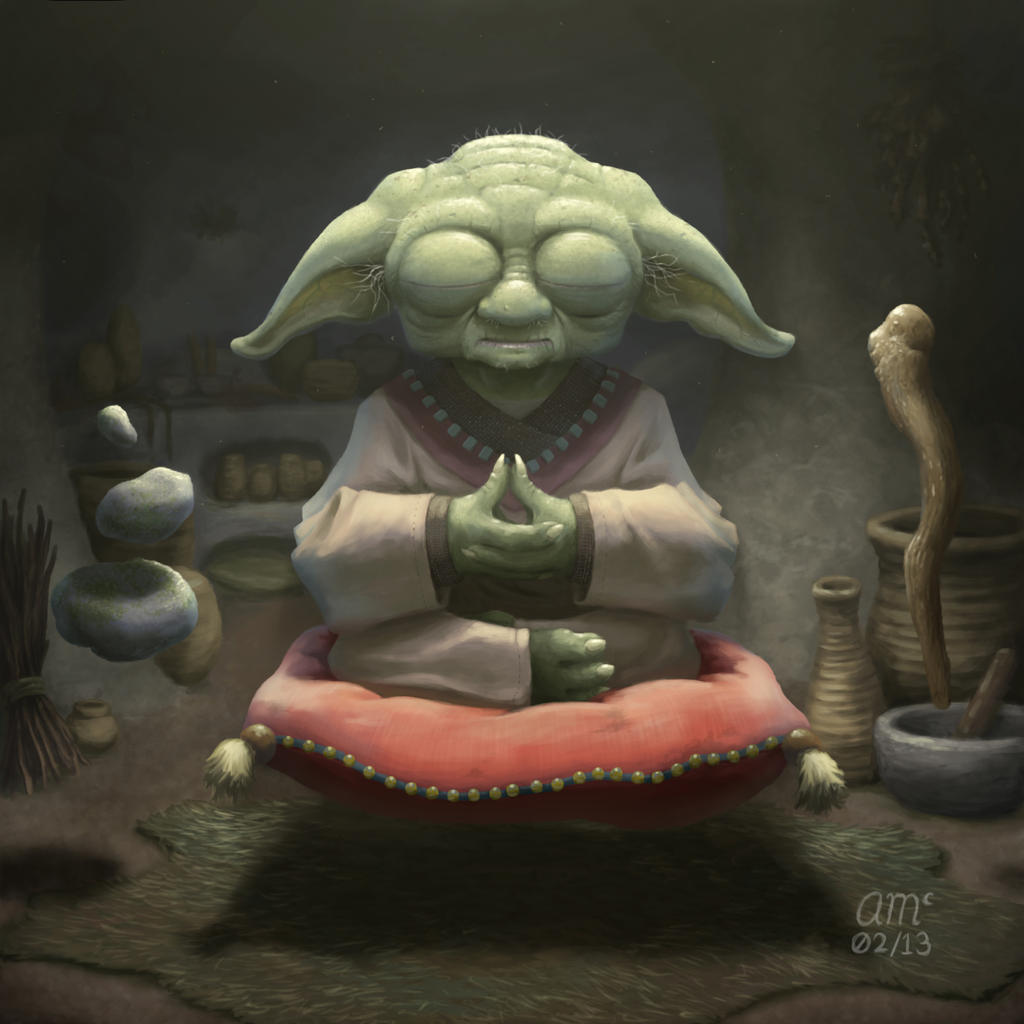The Origin of Communion
A race native to the same region of the Galaxy as the Ranathim, the Keleni, first discovered the phenomenon of Communion and, around it, created the philosophy of True Communion. Naturally telepathic, this race has an innate connection to one another and to their own ancestors. The origins of the
idea of communion came from studying ways to deepen this connection, allowing communication across vast distances of space and time. Eventually, the Keleni discovered that they could interact with this inherent connection itself, that they could do more than just commune with one another, but that they could
commune with the state of
communion itself, this great unconscious gestalt that surrounded them and bound them to one another.
The Keleni had a rough history with other races. First, the great and terrifying Monolith Empire conquered them and shattered their temples and scattered them in an attempt to “cleanse” their temple-worlds. The rise of the Ranathim Empire broke the Monolith Empire, and the Ranathim allowed the Keleni to return to their worlds and rebuild their temples, but they introduced their own strange religions that they demanded the Keleni acknowledge, and they demanded slaves of the beautiful and graceful race. Whenever an Empire has arisen, the Keleni have found themselves under the boot of oppression. They became an oddity in the galaxy, an insular race often found in enclaves on alien worlds where they practiced their unique meditations and ceremonies regardless of what the prevailing ideology. Oppression only made martyrs of the Keleni faithful, or drove their faith underground, but it remained, made resilient through adversity and empowered by the legitimate enlightenment that True Communion gave them.
During their diaspora and while interacting with these great empires, the Keleni discovered that most other races lacked their innate psionic abilities and those who had innate psionic abilities, such as the Monolith or the Ranathim, were bound to entirely different, alien and
dangerous forms of Communion (Broken Communion and Dark Communion respectively), leading the Keleni to conclude that their access to Communion was unique to them. Even so, other races, especially the dispossessed among the galaxy, watched the miracles worked by the Keleni with awe and wonder. Many began to treat them as sages, begging at their temples for a miracle cure, or to learn at their feet.
The debate over what to do with aliens who petitioned to join the ranks of True Communion sowed the seeds for the first true schism in True Communion. Traditionalists claimed that because only the Keleni could naturally access Communion, only the Keleni should practice it. They argued that despite the tenets of tolerance native to their faith, that all “people” should be brought into “Communion,” only fellow Keleni counted as “people.” They pointed angrily to their mistreatment at the hands of other races, to the unique Keleni bond, and to the need to protect their culture and way of life. On the other side of the debate, Keleni argued that true tolerance required patiently forgiving the sins of others. Some among them had managed to teach other aliens, such as the Ranathim, the means of Communion. They advocated strenuously that if the Keleni were a special and chosen people, then their destiny was to bring Communion to the entire Galaxy.







